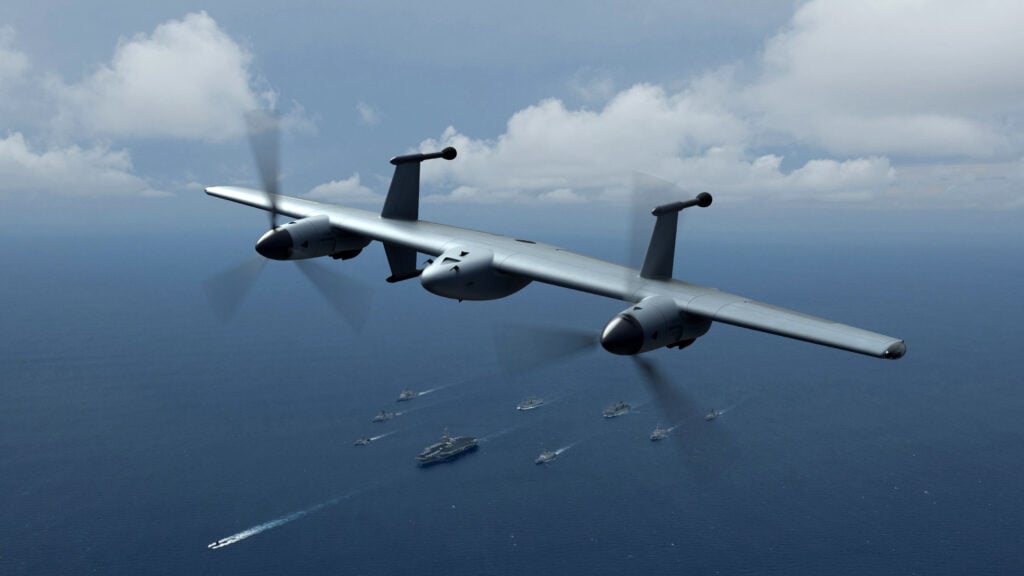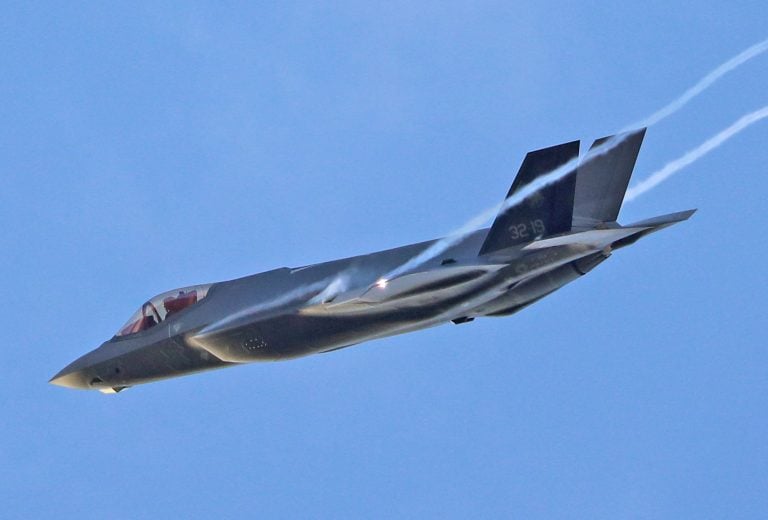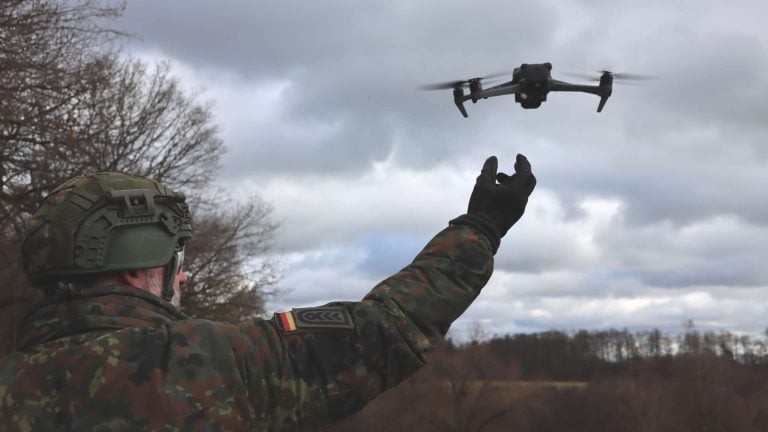The US Defense Advanced Research Projects Agency (DARPA) is preparing for a significant demonstration later this month involving five vertical takeoff and landing (VTOL) drones. This event marks an important milestone in the AdvaNced airCraft Infrastructure-Less Launch And RecoverY (ANCILLARY) program, which aims to create long-endurance VTOL drones that can operate effectively from naval vessels and in remote environments without the need for extensive infrastructure.
The unmanned aerial systems (UAS), which weigh under 330 pounds (150 kilograms), are set to showcase enhanced capabilities during the flight tests, known as EVADE or Early VTOL Aircraft Demonstration. With expectations of superior range, endurance, and control, these platforms promise to outperform existing VTOL UAS in similar weight categories. Each drone will have a minimum endurance of 12 hours, capable of traveling 100 nautical miles (approximately 185 kilometers or 115 miles) while carrying a payload of up to 60 pounds (22 kilograms).
According to DARPA Program Manager Phillip Smith, the ANCILLARY program is filling an essential gap in military capabilities by equipping smaller operational units—such as the Army, Marine Corps, and special operations forces—with functionality comparable to that of much larger Group 4 and 5 drones. With maximum takeoff weights exceeding 1,320 pounds (599 kilograms), these smaller drones can operate in austere environments without additional equipment, offering a transformative advantage for warfighters.
The upcoming demonstration also reflects a rapidly shortened timeline for Phase 2 of the ANCILLARY program, advancing by over a year. Some specific requirements for the drones, including maximum physical dimensions and autonomous takeoff/landing in challenging sea states, have been postponed to expedite the testing process. Smith noted that the focus with EVADE is on accelerating development rather than achieving perfection in initial flights. Quick identification and resolution of any issues encountered during the demonstrations are critical for delivering cutting-edge capabilities to military personnel.
In addition, to speed up production timelines, the EVADE participants—which include AeroVironment, Griffon Aerospace, Karem Aircraft, Method Aeronautics, and Sikorsky—will utilize Sikorsky’s MATRIX flight autonomy algorithms for advanced flight control and navigation. This system, originally developed under DARPA’s Aircrew Labor In-Cockpit Automation System program, aims to reduce user engagement during flight, enhancing operational efficiency.
Moreover, the drones will incorporate the US Navy’s Battle Management System for payload management. This system is designed to seamlessly interface with the Tactical Assault Kit, a tool used by warfighters that provides tactical information feeds, analytics, and visualizations. By integrating these technologies, the ANCILLARY aircraft can share real-time information directly with troops in the field, negating the need for dedicated ground control stations.
Smith emphasized that EVADE seeks to democratize air power across the military landscape, empowering even the smallest operational units to access and control aerial assets on demand. The upcoming tests will explore a range of potential mission sets and payloads, showcasing the versatility of EVADE for logistics, communications relays, weapons delivery, synthetic aperture radar, and intelligence, surveillance, reconnaissance, and target acquisition (ISR/RSTA).



















